Irish I Would Have Gotten a Trademark
As we all prepare to channel our inner-Irish in honor of St. Patrick’s Day, we IP nerds must recognize two of the most iconic symbols of Ireland, and how Ireland protects these marks.
Harps and shamrocks are two symbols most closely associated with Ireland and its cultural heritage. The harp has been a symbol of Ireland for centuries, appearing on coins, official seals, and government documents. The shamrock, on the other hand, is a three-leafed clover that is traditionally associated with St. Patrick's Day and Irish culture.
As these symbols are so closely associated with Ireland, it is not surprising that they are subject to trademark protection in the country. Trademark protection is important because it allows the owner of the trademark to prevent others from using the trademark in a way that may confuse consumers or dilute the brand's reputation.
Harps are protected under the Trademarks Act 1996 in Ireland, and there are a number of harp-related trademarks that are registered with the Irish Patents Office. These include the harp symbol used by Guinness, which is registered as a trademark for beer and other beverages. Other companies and organizations, such as the Irish government, also use the harp symbol as a trademark.
Shamrocks are also subject to trademark protection in Ireland. For example, the shamrock symbol used by Aer Lingus, the Irish airline, is registered as a trademark. The shamrock is also used as a trademark by other Irish companies, particularly those in the food and drink industries.
Trademark protection of these symbols in Ireland is important because it helps to protect the reputation of Irish brands and products. For example, if a company were to use a harp symbol without permission, consumers may be confused as to whether the product is associated with the Guinness brand or not. Similarly, if a company were to use a shamrock symbol without permission, consumers may assume that the product is Irish-made, when in fact it is not.
However, it is worth noting that not all uses of harps and shamrocks will infringe on a trademark. For example, if a company uses a shamrock symbol in a way that is not related to the sale of goods or services, it may not be infringing on the trademark. Similarly, if a company uses a harp symbol in a way that is not related to the sale of beer or other beverages, it may not be infringing on the Guinness trademark.
The need to provide protection at international level for armorial bearings, flags and other State Emblems was recognised in the 1925 Act of the Paris Convention for the Protection of Industrial Property. Article 6ter of the Convention has as its objective, to protect, inter alia, armorial bearings, flags and other State emblems of the States party to the Paris Convention. Under this provision, the State emblems of Ireland, namely the heraldic arms, the harp and shamrock symbols and escutcheons in various forms as used by the State, were notified to the World Intellectual Property Organisation in January 1985.
In terms of national law, the Trade Marks Act, 1996 sets out the current position in terms of use of the State emblems in a trade mark context. The relevant Sections of the Trade Marks Act, 1996 are sections 9, 62, 97 and 98. Section 9 imposes a prohibition on registration of a trade mark consisting of, or containing, a state emblem of Ireland without the Minister’s consent. The prohibition extends also to marks that so nearly resemble the emblems that they may be mistaken for such. Section 97 of the Trade Marks Act 1996 confers enabling powers on the Minister to take action in the event of unauthorized use of the State emblems, or those closely resembling them, by any person in the course of business and in a manner which suggests that the use of the State emblems is authorized. Section 98 of the Trade Marks Act 1996 Act confers extraterritorial powers on the Minister to pursue relevant actions outside the State. This provision is designed to prevent, restrain or secure punishment for the registration, use or application in relation to goods not produced in the State, of any trade mark or other mark or description which is either falsely indicative of, or likely to lead to the belief, that the goods are of Irish origin.
The protection of harps and shamrocks is important for maintaining the reputation of Irish brands and products, and ensuring that consumers are not confused about the source of goods and services. However, it is important to note that not all uses of these symbols will infringe on a trademark, and that there are some instances where the use of these symbols may be considered fair use.
When it comes to trademarks, don't rely on the luck of the Irish to protect you. Federal trademark registration provides enhanced legal protection for your brand, such as a presumptive right to nationwide use of the trademark. A federal trademark registration also makes enforcement activities less expensive and can lead to a greater recovery in a lawsuit. In addition, a federal trademark registration can increase the value of your business as investors and buyers usually see federal trademark protection as an indicator of established brand value and sound business protection. Investing in IP protection is first and foremost, and Ed White Law can help you. If you haven’t secured protection for your intellectual property, you may end up spending a pot of gold defending it.
